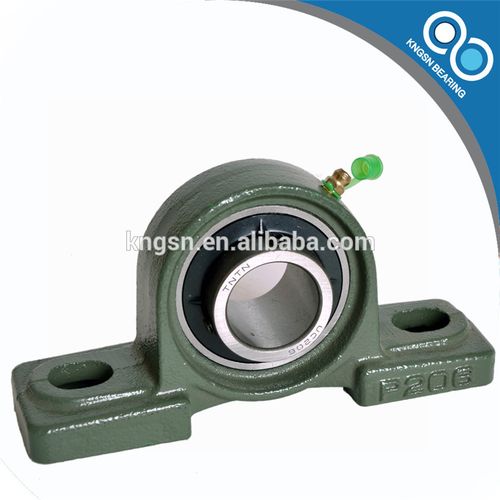Top 5 Marine Application Bearings: Essential Guide for Durability
Marine application bearings are specialized components designed to withstand harsh oceanic environments, including saltwater corrosion, heavy loads, and extreme temperatures. These bearings ensure smooth operation of propulsion systems, steering mechanisms, and deck machinery in ships and offshore platforms, requiring exceptional durability and precision engineering.
1. Types of marine bearings2. Corrosion resistant bearings for ships
3. Marine bearing maintenance techniques
4. Ship bearing installation methods
5. Marine bearing failure detection
1. Types of marine bearings

Marine bearings come in various configurations to meet specific operational demands. Thrust bearings handle axial loads in propulsion systems, while radial bearings support rotating shafts. Water-lubricated stern tube bearings reduce environmental impact, and self-aligning bearings compensate for shaft misalignment. Polymer-based bearings offer superior corrosion resistance, whereas bronze bushings remain popular for traditional applications. Hybrid ceramic bearings are gaining traction for high-speed applications, combining stainless steel races with silicon nitride rolling elements. The selection depends on load capacity requirements, rotational speeds, and exposure conditions...
2. Corrosion resistant bearings for ships
Stainless steel AISI 316L remains the gold standard for marine bearing corrosion resistance. Advanced coatings like tungsten carbide or DLC (Diamond-Like Carbon) enhance surface durability. Polymer materials such as PEEK (Polyether Ether Ketone) demonstrate exceptional resistance to saltwater degradation. Triple-sealed bearings with PTFE-coated shields prevent seawater ingress, while cathodic protection systems can be integrated with bearing housings. Regular electrochemical testing helps monitor pitting corrosion risks...
3. Marine bearing maintenance techniques
Preventive maintenance protocols for marine bearings include quarterly grease analysis to detect water contamination. Automated lubrication systems maintain optimal grease levels in inaccessible locations. Ultrasonic monitoring identifies early-stage brinelling, while vibration analysis detects imbalance issues. Salt deposition removal requires specialized alkaline cleaning solutions...
4. Ship bearing installation methods
Proper marine bearing installation demands thermal fitting procedures using liquid nitrogen for interference fits. Laser alignment tools ensure precise shaft positioning within 0.05mm tolerance. Pre-lubrication with marine-grade greases prevents dry-start wear. Torque-controlled tightening sequences maintain housing integrity...
5. Marine bearing failure detection
Common failure indicators include abnormal noise patterns above 85dB and temperature spikes exceeding 70°C. Oil debris monitoring systems detect microscopic wear particles, while fiber-optic sensors measure real-time load distribution. Thermographic imaging identifies localized overheating...
Understanding these five critical aspects of marine application bearings ensures optimal vessel performance and reduced downtime. From material selection to predictive maintenance, each element contributes to operational reliability in challenging marine environments. Discover how proper bearing management can extend equipment lifespan by up to 40%...
This comprehensive guide covers essential knowledge for marine engineers and procurement specialists. By implementing these strategies, operators can significantly improve bearing performance, reduce maintenance costs, and enhance maritime safety standards across various vessel types.




 13869596835
13869596835